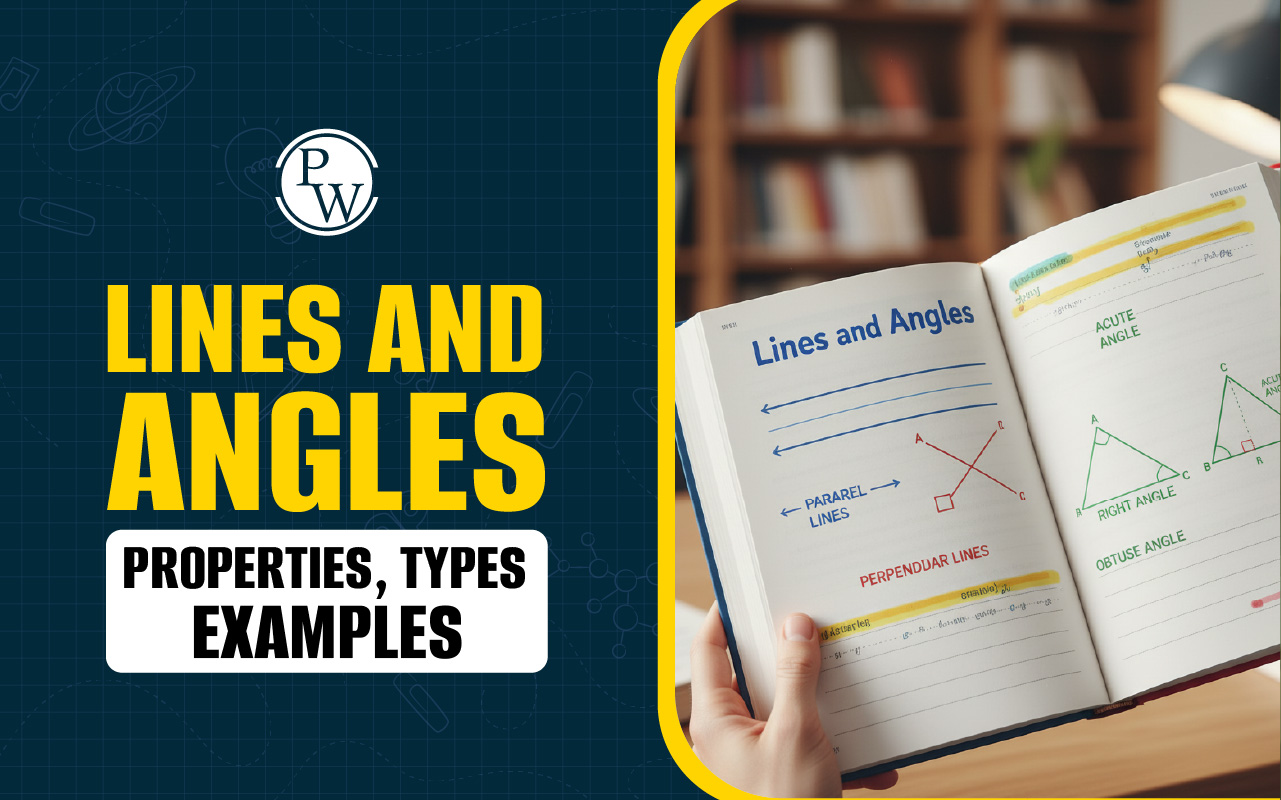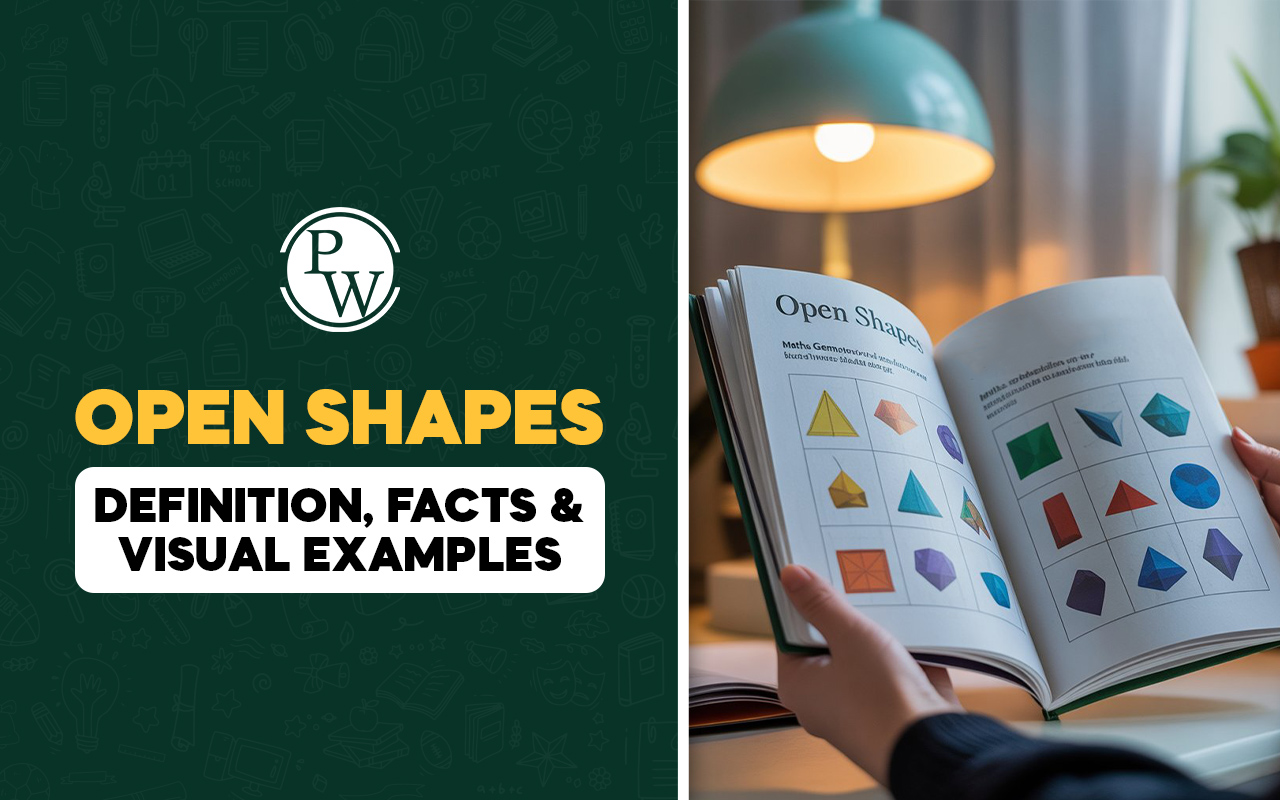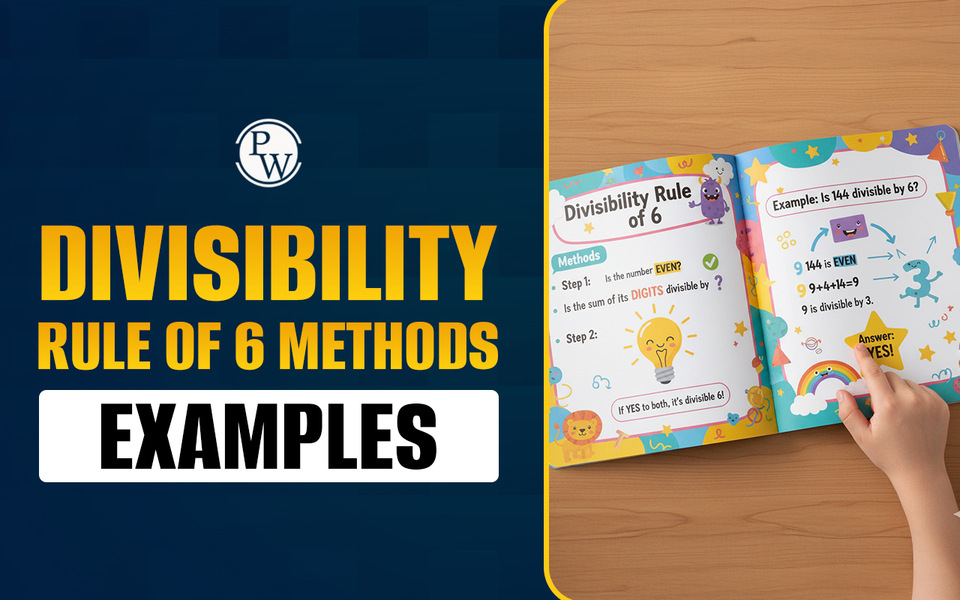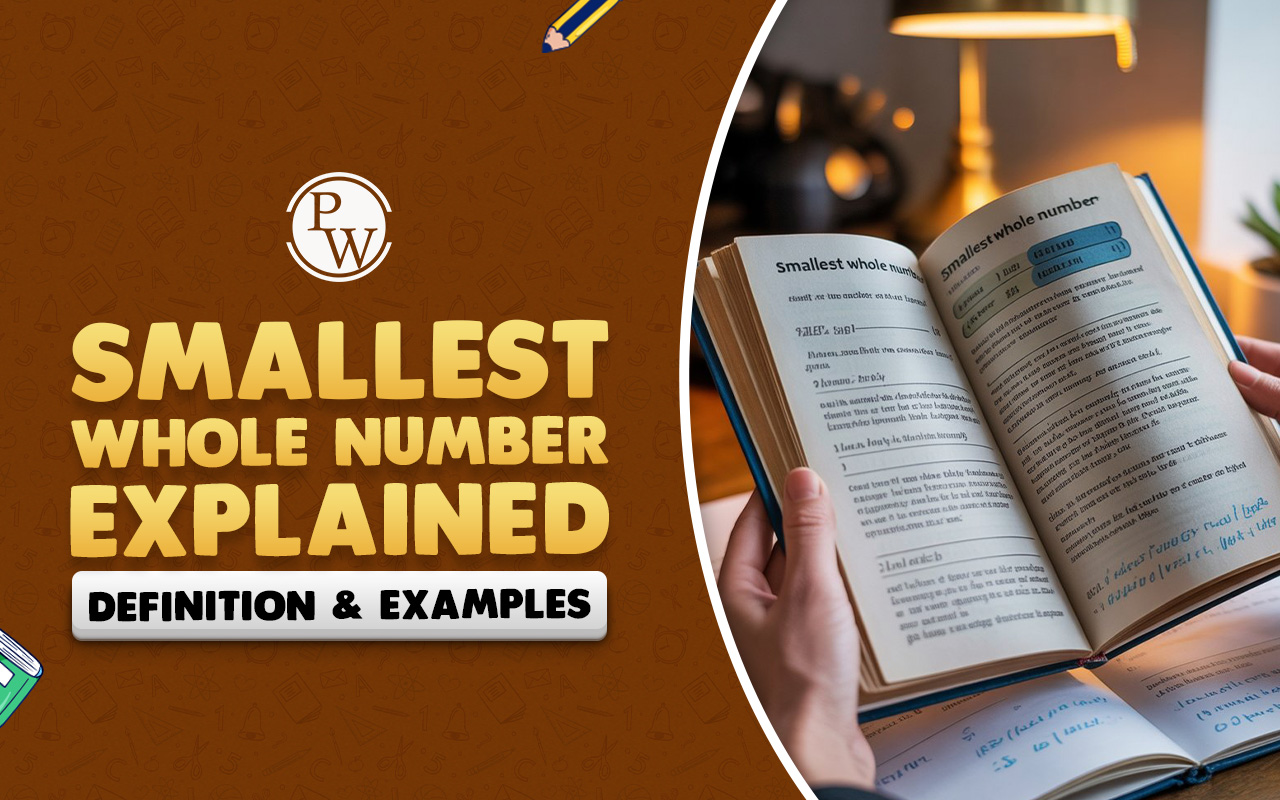
Leap Year: Not every year follows the usual pattern of 365 days. Some years have 366 days, and these are called leap years. The extra day is added to the month of February, making it 29 days long instead of 28. Leap years are used to keep our calendar on track over long periods. While they usually come every four years, there are a few exceptions that make the calculation slightly different. In this blog, you will learn how to calculate leap years correctly and how to check whether a given year is a leap year through easy-to-follow examples.
Also read:What is Skip Counting? Definition with Examples
Why Do We Need Leap Years?
The Earth takes approximately 365.2422 days to complete one full orbit around the Sun. In contrast, our calendar year consists of only 365 days. This small difference of about 0.2422 days may seem insignificant in the short term, but over the years, it accumulates and gradually pushes the calendar out of alignment with the actual seasons.
To correct this, an extra day is added to the calendar every few years. This extra day is inserted into the month of February, making it 29 days long instead of 28. The year that includes this additional day is called a leap year, and it has 366 days in total.
Adding this day at regular intervals helps keep our calendar synchronized with Earth’s position in its orbit. Without this adjustment, the seasonal cycle would slowly shift, and over time, events like spring or summer would begin to occur in months that no longer match their natural timing.
Also read: 30 Fun Maths Questions with Answers
Leap Year Formula
To correctly determine a leap year, use this leap year formula:
-
If a year is divisible by 4, it may be a leap year.
-
If the same year is divisible by 100, it is not a leap year.
-
However, if it is divisible by 400, then it is a leap year.
This formula helps avoid confusion around certain years that follow or break the pattern.
Examples:
-
2028 is divisible by 4 and not divisible by 100. It is a leap year.
-
2100 is divisible by 100 but not by 400. It is not a leap year.
-
2400 is divisible by 100 and also by 400. It is a leap year.
Also read: Multiplication table of 4
How to Find Leap Year?
To find out if a year is a leap year, start by choosing the year you want to check. It could be from the past, present, or future.
Step 1: First, divide the year by 4. If the result is a whole number with no remainder, the year might be a leap year. But that is only the first step.
Step 2: Next, check if the year is also divisible by 100. If it is, then you need to be more careful. A year that is divisible by both 4 and 100 is not a leap year, unless it passes one more condition.
Step 3: Now, divide the year by 400. If it gives you a whole number, then it is a leap year. If it does not, then the year is not a leap year.
Here is how it works with some examples.
The year 2012 is divisible by 4 but not by 100, so it is a leap year. The year 1900 is divisible by both 4 and 100, but not by 400, so it is not a leap year. The year 2000 is divisible by 4, 100, and 400, so it is a leap year.
Leap years happen most often every 4 years, but not always. That is why it is important to follow all the steps, especially for years ending in 00.
Also read: What is Slope Formula? Equation With Examples
How to Check Leap Year?
There are several ways to find out if a year is a leap year. One common method is to apply the division rules discussed above. Another easy approach is to look at a calendar for that year. If February includes twenty-nine days, then it is a leap year. If it only has twenty-eight, then it is not.
You can also use a search engine or ask a virtual assistant. Just entering the year and the phrase "leap year" will quickly give you the answer. These options are convenient, especially when you want a fast result without doing any calculations.
Leap years play an important role in keeping the calendar in order. Once you understand the basic rules that define them, it becomes easy to recognize which years include the extra day in February. With this knowledge, identifying a leap year becomes a simple task.
Also read: 15 Math Tricks to Make Learning Easy
Make Maths Fun and Easy for Your Child with Curious Junior
Many children struggle in class because the pace is too fast or they do not get enough time to ask questions and clear their doubts.
Curious Junior Online Kids Tuition is created especially for students from Classes 3 to 9 who need extra support to build a strong foundation in math. These classes explain every topic in a simple, step-by-step way so children do not feel confused or left behind.
Here are a few other reasons why CuriousJr is the right choice:
-
CuriousJr uses a unique two-teacher model. One teacher leads the lesson, while the other helps students with their doubts during the class. This ensures that every child receives attention.
-
Classes are fully interactive, keeping students engaged and active throughout the lesson.
-
Homework help and regular practice sessions ensure better understanding and retention.
-
Parents receive regular updates on their child’s progress, making it easy to track improvement.
-
All sessions are conducted online, giving children a safe and comfortable space to learn from home.
Book a demo class today.
Do you need help with your homework or preparing for exams?
Study without using the internet
How to Calculate Leap Year FAQs
What is a leap year?
Why do leap years exist?
How often does a leap year occur?
Is the year 2100 a leap year?
How many days are in a leap year?









